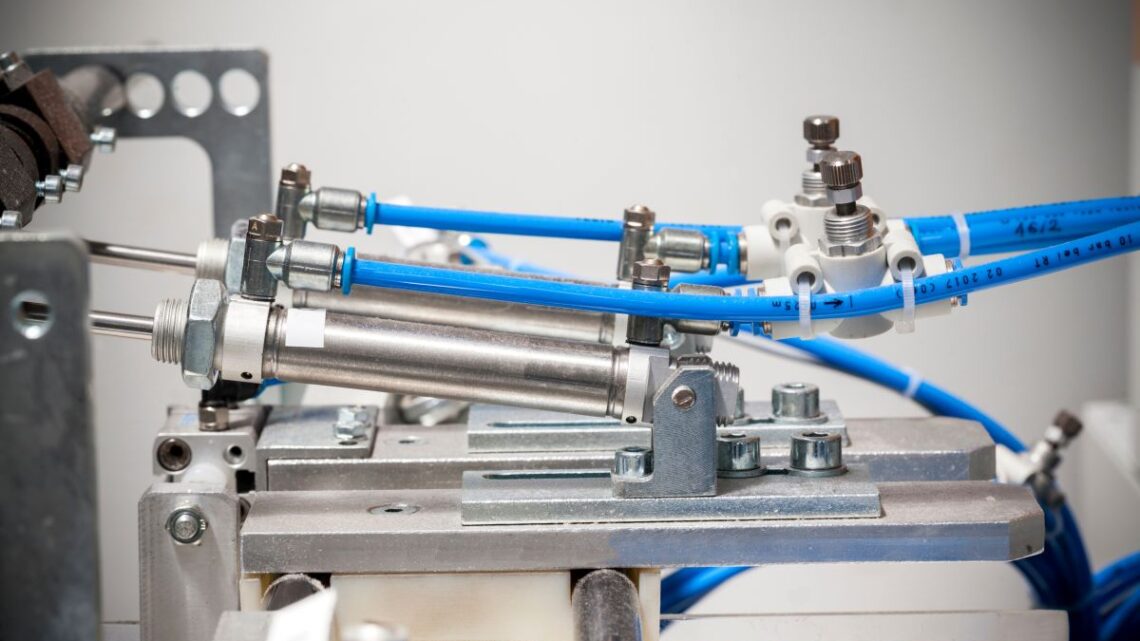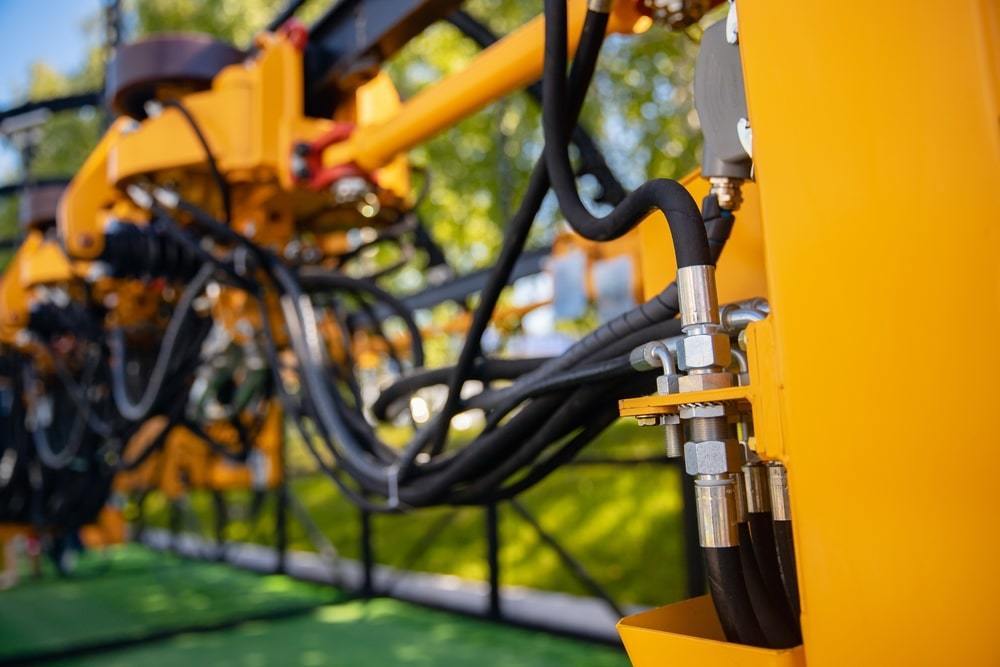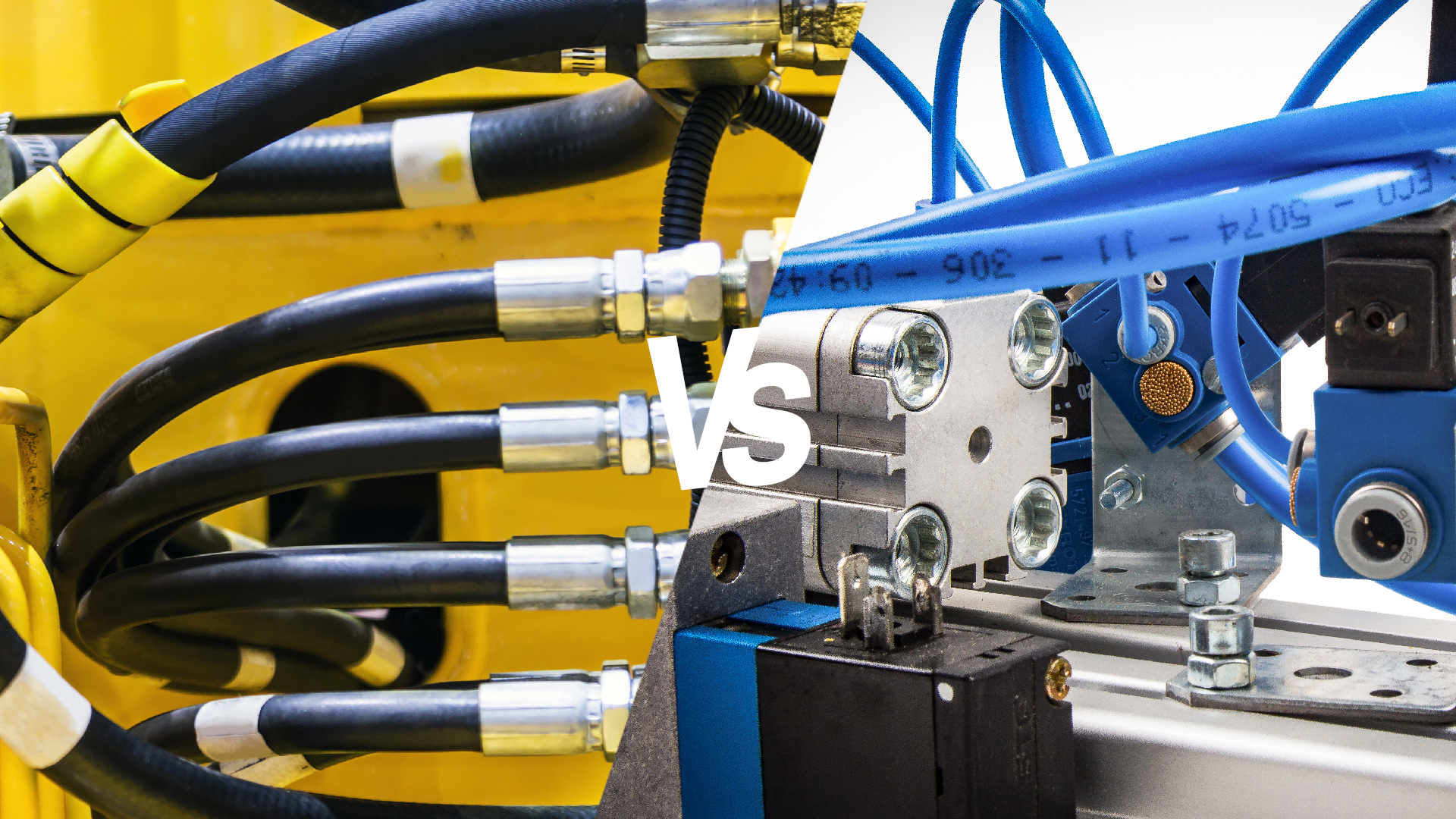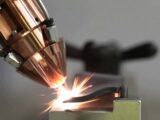
Fluid Power Unveiled: Exploring the Differences Between Hydraulics and Pneumatics Training
June 23, 2023In the modern industrial world, hydraulic and pneumatic systems play an increasingly important role. From powering complex machinery to controlling critical processes, these two types of fluid power are at the heart of many operations.
But what is the difference between them? This article will explore this question by examining the key features that distinguish hydraulics from pneumatics in terms of their usage and training requirements. Get ready for a journey through fluid power as we uncover all its secrets!
Introduction to Fluid Power Basics

Source: www.thomasnet.com
luid power technology has been used in many industries for decades, providing a reliable and efficient way to transfer energy between different components. Many people lack an understanding of the basics of fluid power and do not know the differences between hydraulics and pneumatics training.
This introduction to fluid power basics aims to provide readers with an overview of these two key areas: what they are, how they work, and their applications. Hydraulics is a form of fluid power that uses incompressible fluids such as oil or water as its medium to transfer energy.
It works by using pressurized liquids which move through hoses or tubes from one point to another, delivering controlled force for pushing or lifting objects in industrial settings. Pneumatics also uses pressurized gas such as air or nitrogen but functions differently than hydraulics due to its compressibility – meaning it can be stored in tanks until needed then released when desired – making it ideal for more precise movements than those achievable via hydraulic systems.
Comparing Hydraulics and Pneumatics
Comparing hydraulics and pneumatics can be a daunting task, as both are fluid-powered mechanisms used in countless applications. Hydraulic power relies on pressurized liquid to create force while pneumatic power relies on compressed air for the same purpose.
Each of these systems has its own advantages and disadvantages which must be taken into account when deciding which one is best suited for an application. In terms of cost, hydraulic systems tend to be more expensive due to their complexity and need for specialized components such as pumps, valves, cylinders and reservoirs.
By contrast, pneumatic systems require fewer parts but overall costs may still add up depending on the size of the system that needs to be built or installed. Additionally, hydraulic systems often require more maintenance than pneumatic ones since they use oil-based fluids that need regular replacement or flushing out over time.
Despite this disparity in cost between hydraulic and pneumatic systems, there are other factors at play when comparing them side by side.
Applying the Principles of Hydraulics and Pneumatics

Source: rowse.co.uk
hydraulics and pneumatics are two technologies that are essential to the operation of most heavy machinery. Hydraulics utilizes fluid power – specifically liquid-filled cylinders or tubes – to create motion, while pneumatics uses compressed air in a similar manner.
Although both systems operate on the same principles, they have several distinct differences that must be taken into account when applying them within a particular application. For example, hydraulics typically requires more energy than pneumatics because it relies on pressurized liquids instead of gases. As such, hydraulic systems generally generate greater forces than pneumatic ones; however, they also tend to be slower due to the need for higher pressure levels.
In terms of maintenance requirements, hydraulic systems often require more frequent servicing since liquids can break down over time due to friction and other causes. On the other hand, pneumatic systems are somewhat easier to maintain as their components usually only wear out gradually due to mechanical abrasion or contamination from outside sources.
Conclusion
The article Fluid Power Unveiled Exploring the Differences Between Hydraulics and Pneumatics Training has clearly demonstrated the differences between these two types of fluid power. It is essential to understand their individual principles in order to effectively use them for their intended purpose.
By gaining a comprehensive understanding of hydraulic and pneumatic systems, one can better utilize both technologies as well as fluid power basics such as pressure, flow rates, force, etc., to achieve successful results.
With this knowledge in hand, users can confidently handle any application or project that requires either hydraulics or pneumatics technology.


